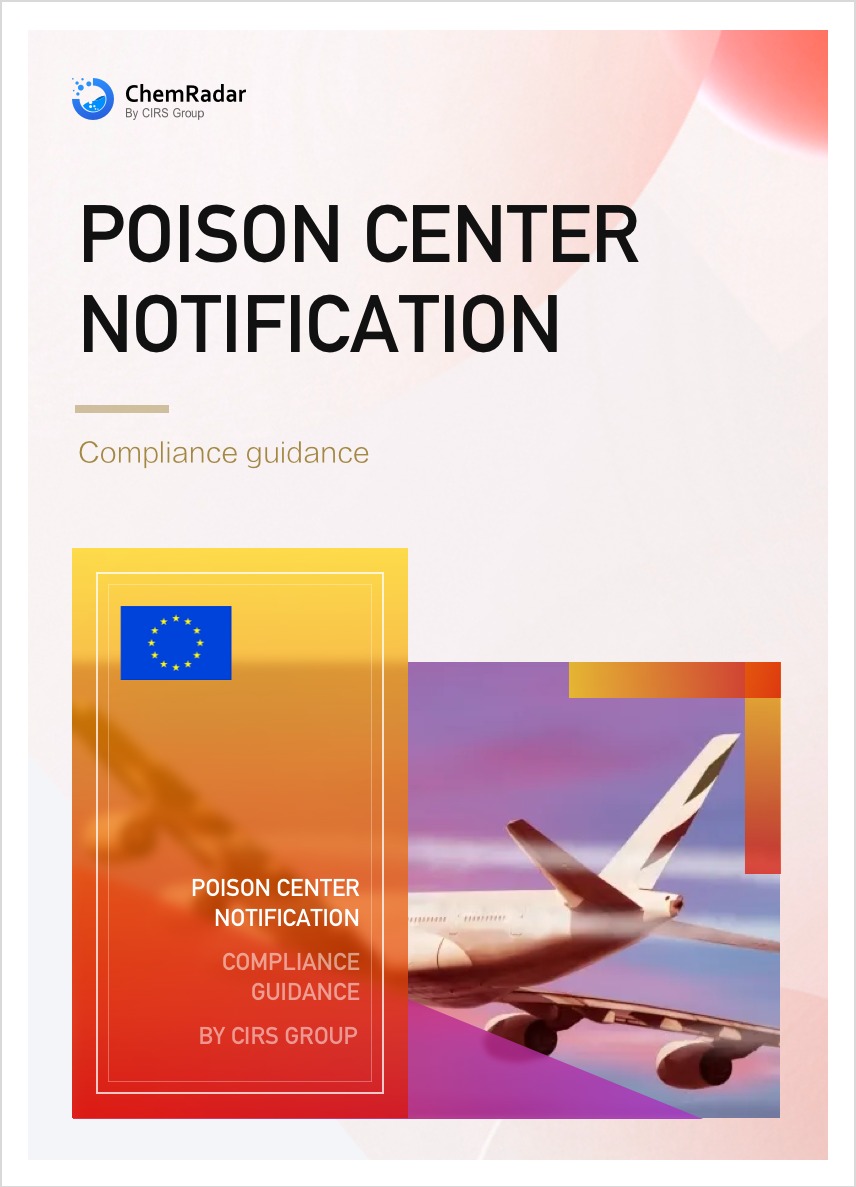3. Requirements for Notification
3.1 Duty Holders
Importers and downstream users placing certain hazardous mixtures on the market as responsible for the submission of the information to appointed bodies. EU-based duty holders cannot be replaced by non-EU suppliers.
Table 3-1 Duty holders
| Role/Activity |
Duty Holder |
Notes |
| Importers and downstream users |
Import |
Yes |
Submit notifications according to Annex VIII |
| Formulation |
| Re-packaging |
| Re-filling |
| Toll formulation |
| Distributor |
Re-labelling |
Yes |
Distributors need to make their own submission if the country, trade name or UFI are not included in the notification submitted by upstream users. |
| Re-branding |
| Retail |
|
Commercial representative
(Consultancy) |
No |
Consultants are not duty holders but can help to prepare and submit notifications. |
3.2 Voluntary Notification
Companies can make voluntary submission for mixtures that classified as environmental hazardous or non-hazardous. If mixtures classified as health and physical hazardous and are used as MIM (Mixture in mixture) to formulate other mixtures by downstream formulators, the supplier can make voluntary submission to protect its trade secrets.
Non-EU companies
Ideally, the non-EU supplier of the hazardous mixture shall disclose the entire mixture formulation information to their customer (the EU importer), so that the latter can make their submission.
Nevertheless, there are cases where complete information pursuant to Annex VIII is not available or not given because of confidentiality reasons, in that case EU importers could ask the non-EU supplier to make a voluntary submission via any EU-based Legal Entity to whom they are willing to provide the full information required by Annex VIII. The EU importers will then be able to refer to this submission where they get the UFI number for their own submission.
3.3 Objects Need to be Notified
Mixtures that are placed on the EU market and classified as hazardous based on their health or physical effects need to be notified. the product is a combination of article (used as a container or support material) and mixture, for instance, ink from printer cartridge and solution on wet cleaning wipes, it should be notified. The product can be placed on the market only when its notification has been submitted.
3.4 Exemptions
-
Mixtures classified for environmental hazards only;
-
Radioactive mixtures;
-
Mixtures which are subject to customs supervision;
-
Mixtures used in scientific research and development;
-
Medicinal and veterinary medicinal products;
-
Cosmetic products;
-
Medical devices;
-
Food or feeding stuffs;
-
Mixtures classified for gases under pressure only; and
-
Explosives.
3.5 Contents of Notification
Four parts of information listed below usually need to be submitted in a notification:
-
Submitter details: name, address, telephone number, e-mail, VAT number;
-
Product information: active markets, trade names, main intended use, end use type, package type and size
-
Mixture information: name, physical state, color, pH, 100% components, GHS classification and label elements, toxicological information; and
-
UFI.
Companies can provide SDS of the mixture to complete the information required for notification.
3.6 Update Submission
Update submission have to be made when GHS classification of health and physical changed, add new trade names, add new UFI or add new toxicological information. If only package or emergency number changed, companies can also make an update submission. Appointed bodies in member states can ask companies to explain some information and make an update submission.



